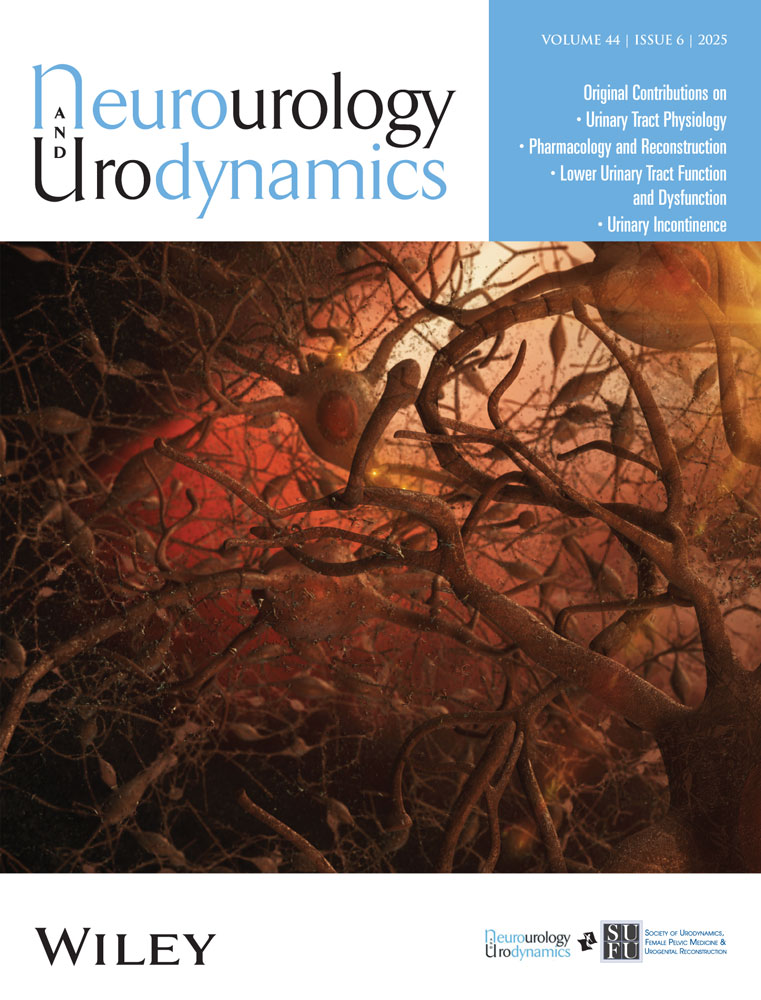Candidate Scaffolds for the Treatment of Stress Urinary Incontinence: A Narrative Review
ABSTRACT
Aims
Biodegradable scaffolds have emerged as a promising alternative to polypropylene (PP) meshes for the treatment of stress urinary incontinence (SUI) due to their biocompatibility and potential for tissue regeneration.
Methods
A narrative review was conducted focusing on articles published within the last 10 years.
Results
Polymeric materials such as small intestinal submucosa (SIS), poly(lactic acid) (PLA), poly(Chitosan-g-lactic Acid) (PCLA), poly(glycolic acid) (PGA), and poly(lactic-co-glycolic acid) (PLGA) have been explored for their ability to provide mechanical support, facilitate tissue repair, and degrade in a controlled manner. Each material offers unique advantages, such as SIS's enhanced biocompatibility, PLA's mechanical strength, and PGA's rapid degradation. However, challenges remain in optimizing these materials for clinical use, including controlling degradation rates, minimizing inflammatory responses, and addressing issues related to scaffolds' mechanical properties. Moreover, integrating adipose-derived stem cells (ADSCs) has shown promise in enhancing tissue regeneration and angiogenesis. The primary obstacles preventing clinical implementation have been premature scaffold degradation before adequate tissue ingrowth and insufficient tensile strength in dynamic pelvic environments.
Conclusions
This review discusses the current state of biodegradable scaffolds for SUI treatment, highlighting their potential benefits, ongoing challenges, and the need for further research to ensure their safety and efficacy in clinical applications.
Conflicts of Interest
The authors declare no conflicts of interest.
Open Research
Data Availability Statement
The authors have nothing to report.




